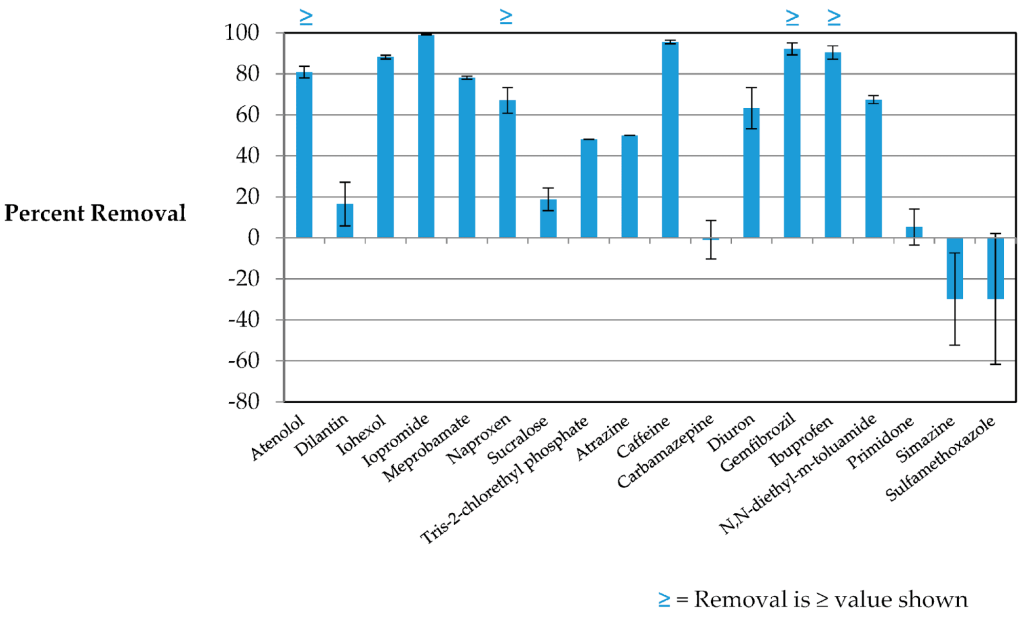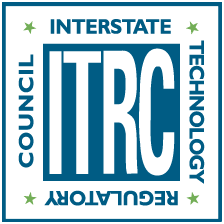Introduction
Infiltration galleries (see figure below) typically consist of perforated pipes installed horizontally underground within permeable fill (gravel) material to rapidly infiltrate stormwater runoff and prevent flooding. Infiltration galleries can be used to support groundwater replenishment. In addition to allowing for the rapid movement of water into the ground, infiltration galleries can also be used to prevent flooding and erosion as a mechanism for controlling excess surface water in areas with groundwater storage availability.

There are several types of vadose zone infiltration gallery structures:
- French drains
- lateral galleries such as engineered channels, pipelines, or other structures to divert surface water into the ground
- vertical galleries such as engineered buried perforated cisterns, graveled slurry walls, or other subsurface structures to divert and infiltrate surface water to groundwater
- bedrock galleries such as tunnels
Applicability
Surface water infiltration, especially into a beneficially designated aquifer, may be subject to regulation under Class V underground injection permitting due to its potential as a contamination source. Contamination in surface water can be in the form of biological, physical, and/or chemical. Infiltration galleries are commonly designed to drain water efficiently and effectively, often without regard to the fate of the water once it enters the subsurface. Clean surface water and groundwater may flow into and out of infiltration galleries, where it can become contaminated if the facility is not maintained. For example, by diverting clean water to or via infiltration galleries away from mine workings and solid mine waste, generation of mining-influenced water (MIW) can be eliminated or reduced (Sloan, Cook, and Wallis 2023). However, assessment of the diverted water quality on a regular basis is needed to prevent violation of any associated permits and eliminate or reduce the possibility of contaminating an otherwise potable water source.
Infiltration galleries can be applied over a wide range of sites, ranging from simple channels and/or gravel-lined trenches to highly complex engineered surface and subsurface structures. They are applicable to a wide range of flow rates and water qualities. They can be constructed at the surface to divert and contain surface water and within the subsurface to control infiltration and reduce recharge area. Feulner (1964) discussed and provided case studies for several examples of infiltration galleries, including French drains, lateral galleries, vertical galleries, and bedrock galleries.
Advantages
Advantages of infiltration galleries include:
- Drainage of surface runoff related to agricultural and/or stormwater sources is accelerated, without requiring a depression in the land surface to store source water and recharge aquifer.
- The infiltration gallery can be sized for less frequent, but larger volume, infiltration events while minimizing surface footprint.
Limitations
Limitations of infiltration galleries include:
- Infiltration galleries are not well suited where impermeable subsurface geology hinders infiltration rates and is difficult to excavate through and make a hydraulic connection with permeable material that can accommodate recharge water into the aquifer.
- Generally, infiltration galleries are not suitable for U.S. Department of Agriculture Hydrologic Soil Groups “C” or “D” soils, and permeability of soils must be at least 0.5 in/hr (12 feet per day). USDA described soil in Group A as most permeable and soils in Group D as least permeable (USDA 2017; Bicknell 2018).
- The perforated pipes of infiltration galleries can be susceptible to clogging (due to suspended sediment and/or bacterial growth) and invasion by plant roots. There are options, however, for cleaning by backflushing with air lines. Infiltration galleries are subject to clogging too (Siriwardene, Deletic, and Fletcher 2007).
Performance
Infiltration galleries are proven technology for use as a managed aquifer technique by municipal, private, and governmental organizations. An example of infiltration galleries being used is in the off-river basins along Orange County Water District’s (OCWD) Santa Ana River recharge system, where OCWD demonstrated that horizontal perforated PVC pipes and dry wells installed beneath the basins increase infiltration rates by removing sediment from the stormflow source water (Hutchinson et al. 2017). This OCWD riverbed filtration system was designed and demonstrated to have a recharge rate of 2–5 feet per day, which compares with the average off-river basin infiltration rates of 0.1–0.7 feet per day. This system also demonstrated the ability to remove contaminants (a water quality improvement) in source water via soil aquifer treatment. Eighteen constituents of emerging concern were detected in the source water. The average removal was significant (greater than 80%) for six compounds, moderate (between 20% and 80%) for six compounds, and low or negligible (less than 20%) for the remaining six compounds (Figure 1) (Hutchinson et al. 2017).

Figure 1. Removal of contaminants in source water via soil aquifer treatment.
Source: Hutchinson et al. (2017).
Regulatory Considerations
Infiltration galleries are often applied in conjunction with dry wells or diversion and retention structures to distribute and infiltrate captured stormwater. Engineering review and permitting, source water diversion, water rights, water infiltration, and wetlands impacts may be required. In California, there is increasing interest in capturing stormwater for recharge and has been done in Santa Clara County and Merced County (E. C. Edwards et al. 2016)
Stakeholder Considerations
Infiltration galleries and associated structures commonly involve significant surface disturbance that can lead to stakeholder concerns about land use, water rights, and disruption of ecological resources. Concerns may also be raised about source water protection, groundwater impacts, and water table fluctuations.
Lessons Learned
Infiltration galleries can be a cost-effective way of facilitating managed aquifer recharge (MAR). They are customizable to fit the needs and limitations of a project. Infiltration galleries and engineered structures require a thorough understanding of site subsurface conditions (including soil and local geological assessment) and careful monitoring to ensure that the systems are achieving the desired results.


